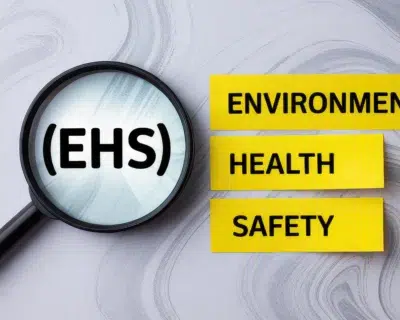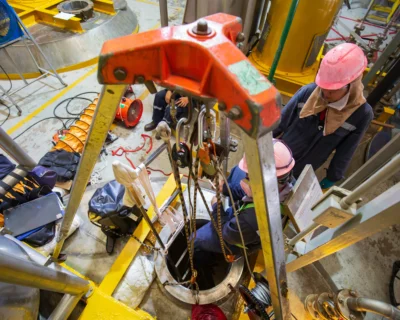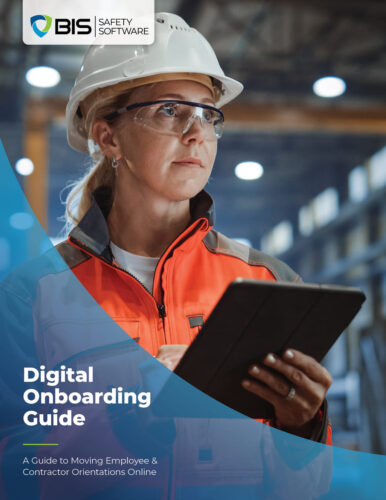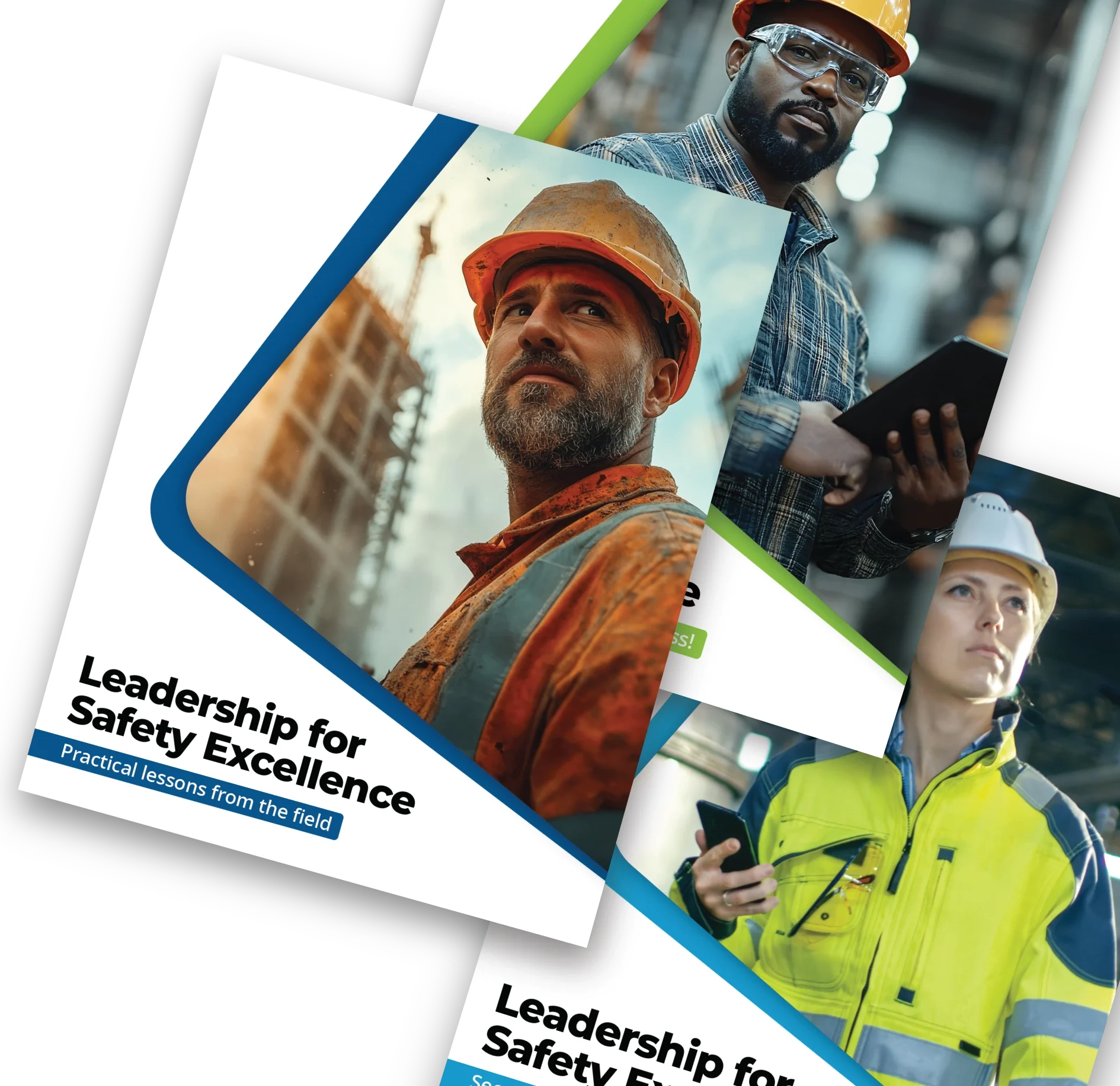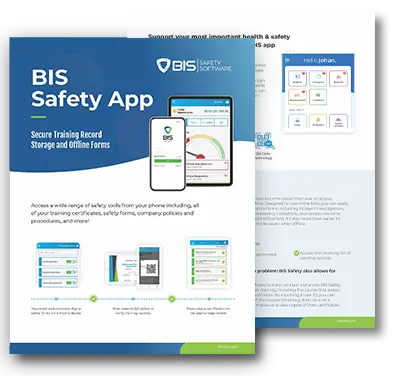
Leading During the COVID-19 Pandemic: 5 Great Safety Tips
Companies cannot afford to ignore occupational health and safety. The concepts of safety management and safety leadership may seem similar, but there are important differences between them. Safety management can be described as a job position, where the person in charge has assigned responsibilities. Safety leadership is a role that can be assumed by anyone who sets an example, and entire companies can be considered safety leaders in their industry.
As mentioned above, safety leadership is not a job position with specific requirements. However, the Occupational Safety and Health Administration (OSHA) focuses on five key elements:
- Supervision
- Training
- Accountability
- Resources
- Support
The COVID-19 pandemic has brought additional safety challenges to the workplace. Companies must manage their usual risks while protecting their staff from an infectious disease. Companies must also be aware of the financial and psychological impacts of the pandemic, even if they can fully avoid infections among their staff.
COVID-19 prevention can be especially challenging in worksites with many hazards, like those found in manufacturing and construction. Workers in these environments are already subject to stringent safety protocols and PPE requirements. Under the current health emergency, they must follow additional measures like social distancing, mask-wearing, and frequent disinfection of work surfaces.
Leadership Tips
Workplace risks are reduced when a company trains its collaborators to become safety leaders. Eventually, the company itself may be recognized as a safety leader in its business sector. The following are some recommendations that can help an organization reach these goals.
1) Plan proactively
Assuming the cost of accidents is more expensive than preventing them, and this has been verified by several studies from safety organizations. Prevention also protects human health and lives, which have a value that cannot be described in dollars. Leadership for safety excellence is about setting the example, and a company must be proactive to be considered a leader. Safety planning is important, but companies must also adapt when facing uncertainty. Clear communication and transparency are key since they ensure that employees will understand their role during an emergency. On the other hand, a lack of information causes confusion, and the organization cannot respond effectively to an accident.
2) Train your employees
There are three important requirements to avoid workplace hazards: employees must be aware of the threats present, they must know how to avoid them, and they must have access to adequate equipment and materials. New technologies are continually reaching workplaces, creating opportunities, but also bringing new risks. To stay safe, employees must be provided with ongoing training. Companies must be prepared for unpredictable external threats such as the COVID-19 pandemic, and the violent hurricane seasons observed in recent years. Legislation is another aspect of doing business that changes frequently, and many jurisdictions have stringent safety requirements. Companies must make sure that workers are familiarized with local regulations, including their safety rights.

3) Check in with your employees
Everyone has had a different experience with the COVID-19 pandemic. Some persons have been relatively unaffected, while others have suffered financial difficulties or even the loss of friends and family members. Health organizations have warned about the possible impact on mental health, and organizations should also check how their employees are feeling. Members of an organization can be affected by COVID-19 even if they have not suffered the disease directly. They may have witnessed hardships among their relatives, friends or coworkers.
4) Communicate frequently
The importance of communication in safety leadership cannot be emphasized enough. Many accidents can be prevented by reporting minor issues as they emerge before they can develop into major hazards. However, safety managers must promote trust and open communication to make this possible. Communication in a company is often planned, and some examples are weekly emails and scheduled meetings. However, ongoing communication is necessary to achieve a great safety leadership level. Some situations require urgent attention, especially when dealing with safety, and they cannot wait until the next meeting or report.
5) Set up your employees for success
A company cannot expect to become a safety leader if employees lack the necessary knowledge and equipment to stay safe. Managers must be aware that safety requirements change depending on the industry. The COVID-19 pandemic has increased the need for safety materials like face coverings, non-contact infrared thermometers, and hand sanitizer. Having an open-door policy can greatly contribute to safety leadership. Even when employees are willing to follow safety protocols as closely as possible, there is plenty of information to handle and key steps may be forgotten. However, this is less likely when sharing information becomes part of the organizational culture.
Conclusion
Safety leadership requires well-trained employees who are aware of workplace risks, with access to all the materials and equipment needed. Company owners and managers can promote a culture of safety and prevent workplace accidents or situations from occurring. COVID-19 brings an additional threat to workplaces and a new challenge for safety leaders. However, the same principle holds: infections are much less likely when employees are familiarized with the hazard, and provided with the resources to avoid it.


